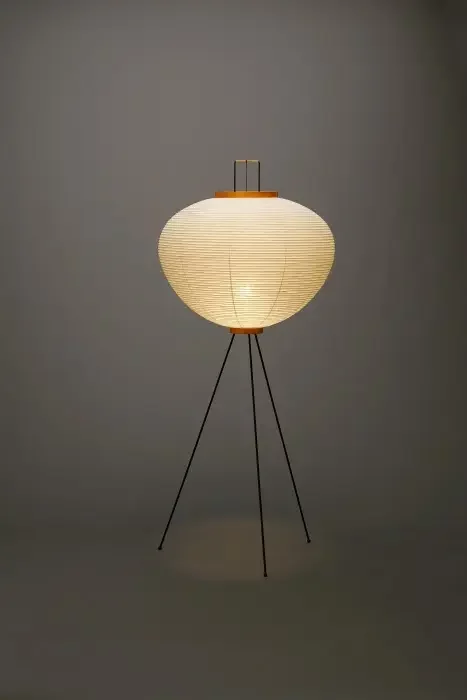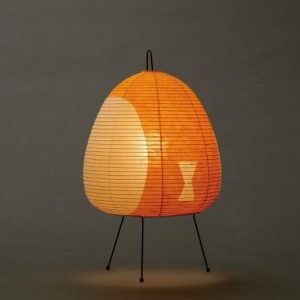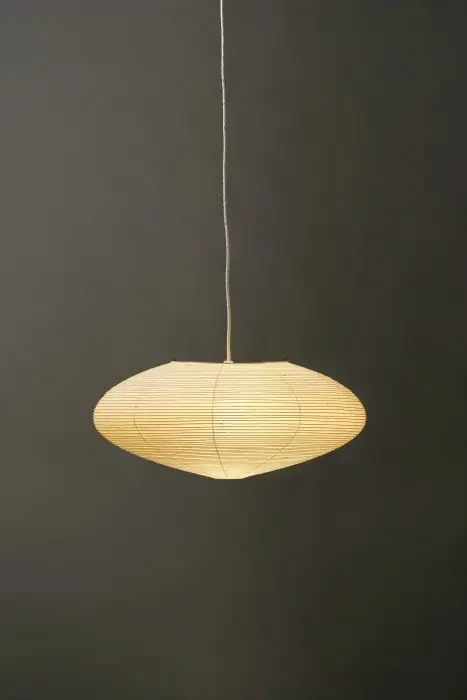October 09 - By Promostyl
Washi, at the center of Japanese decoration
What is washi ?
Used in Japan for centuries, washi is a thin, strong paper that comes from a variety of sources: mainly Ganpishi, Kozogami and Mitsumatagami.
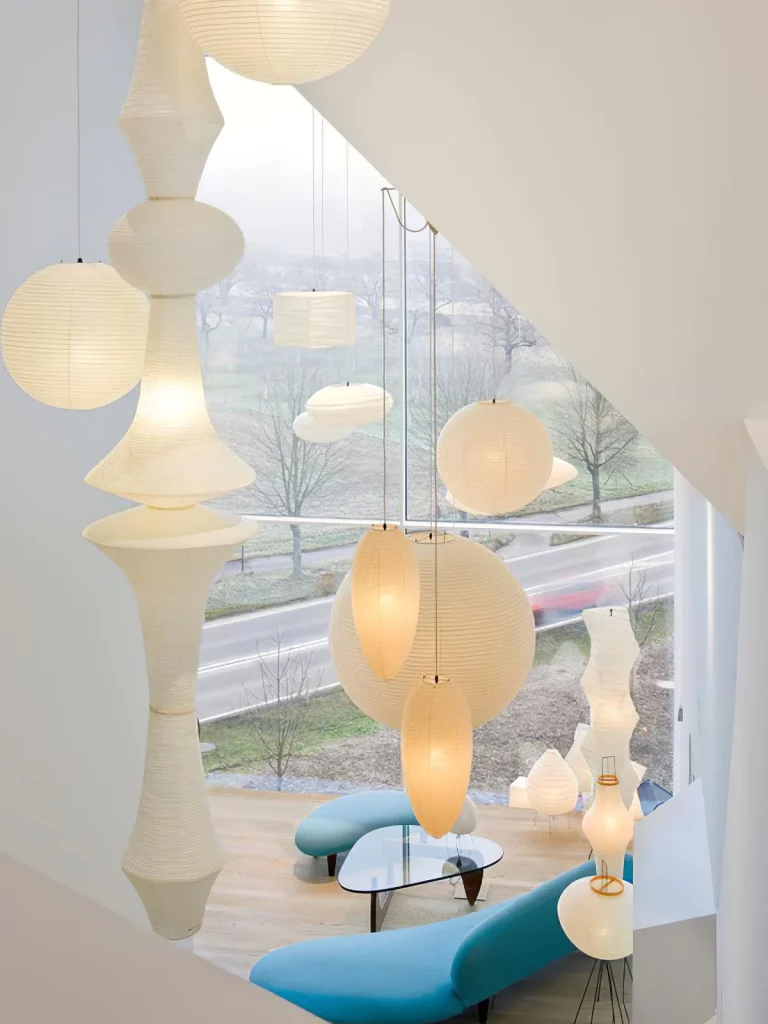
These names come from the source plant of the paper.
Ganpishi, (image 1) comes from the gampi plant, this paper is used for its brightness and strength, and is often used for wrapping gifts or as stationery.
Kozogami (image 2) is the most widely used of these, made from kozo or mulberry, its strength and durability is used for bookbinding, stationery or the manufacture of objects such as lanterns, umbrellas and so on.
Next we have Mitsumata (image 3), a dark-green shrub native to China, which was often used for its strength and the fact that it doesn't crease easily. The thinness of the washi allows a soft light to pass through, giving a subdued, relaxing effect.
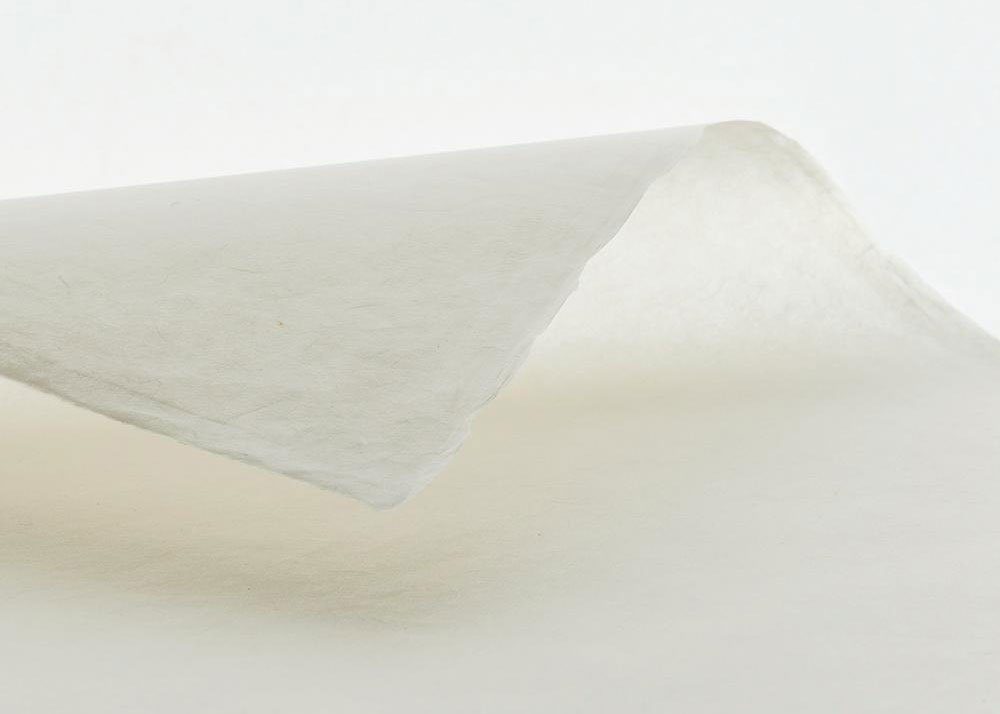
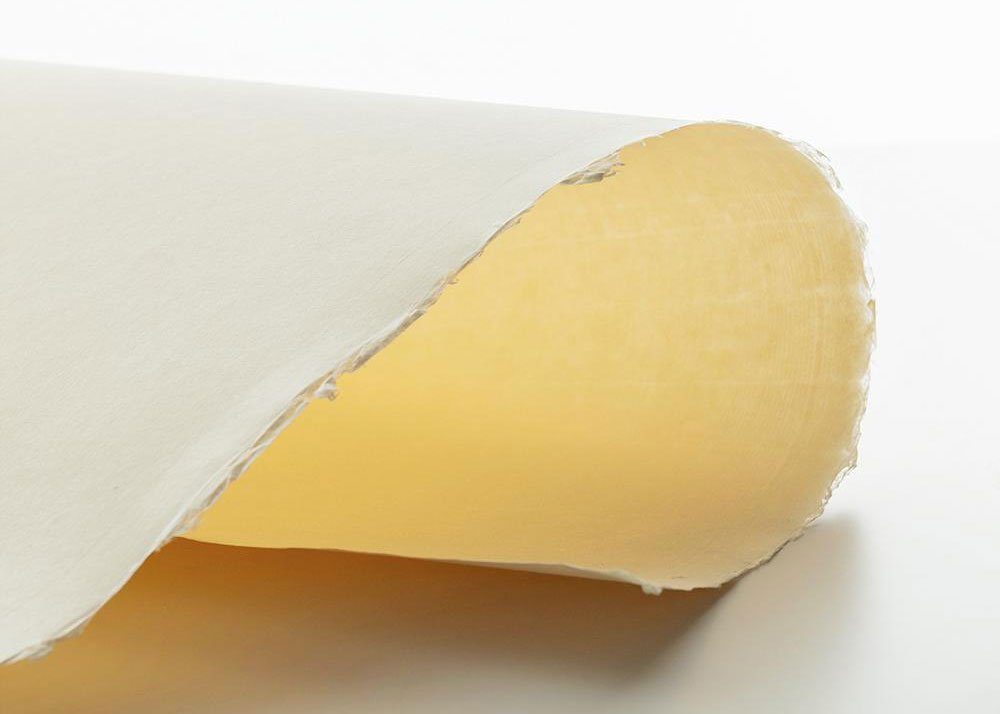
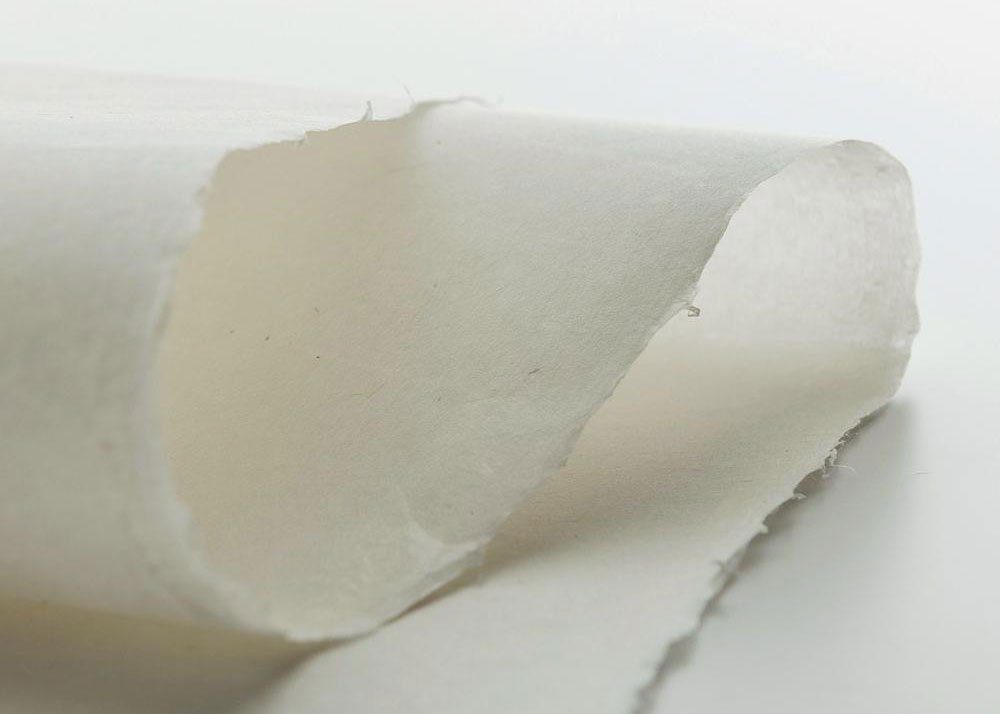
Isamu Nogushi (1904-1988), the famous user of washi paper and creator of the Akari lamp, has dazzled
dazzle enthusiasts with a work of art rather than a mere decorative object.

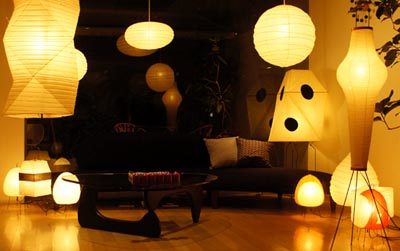
Indeed, Akari, which means "light combined with lightness", is aptly named, since it's an aesthetic object that gently illuminates a room, and can be suspended from the ceiling, a floor lamp or a table lamp. Nogushi has been able to revive washi by bringing this design aspect to it and giving it much more than its original function of illuminating a room by hanging from the ceiling.
It comes flat-packed and unfolds like a fan, making it easy to transport when moving
or as a gift.
The lamp unfolds around a candle or bulb. The paper can also be used as a vase by slipping a glass containing fresh or dried flowers inside.
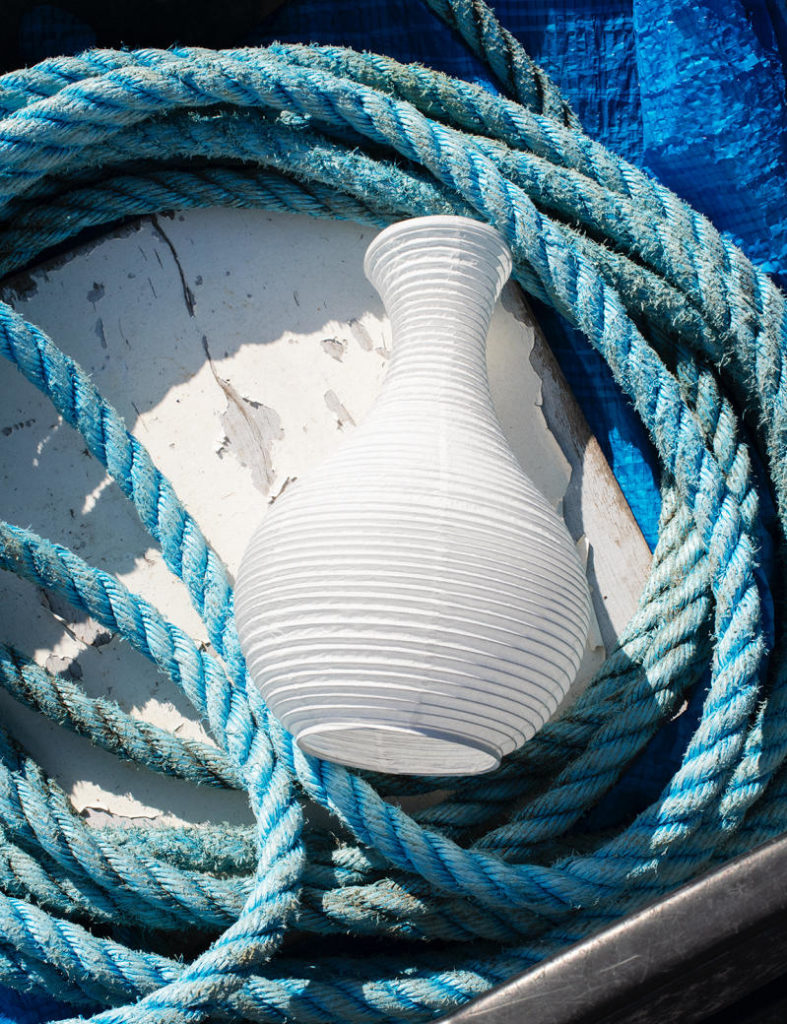
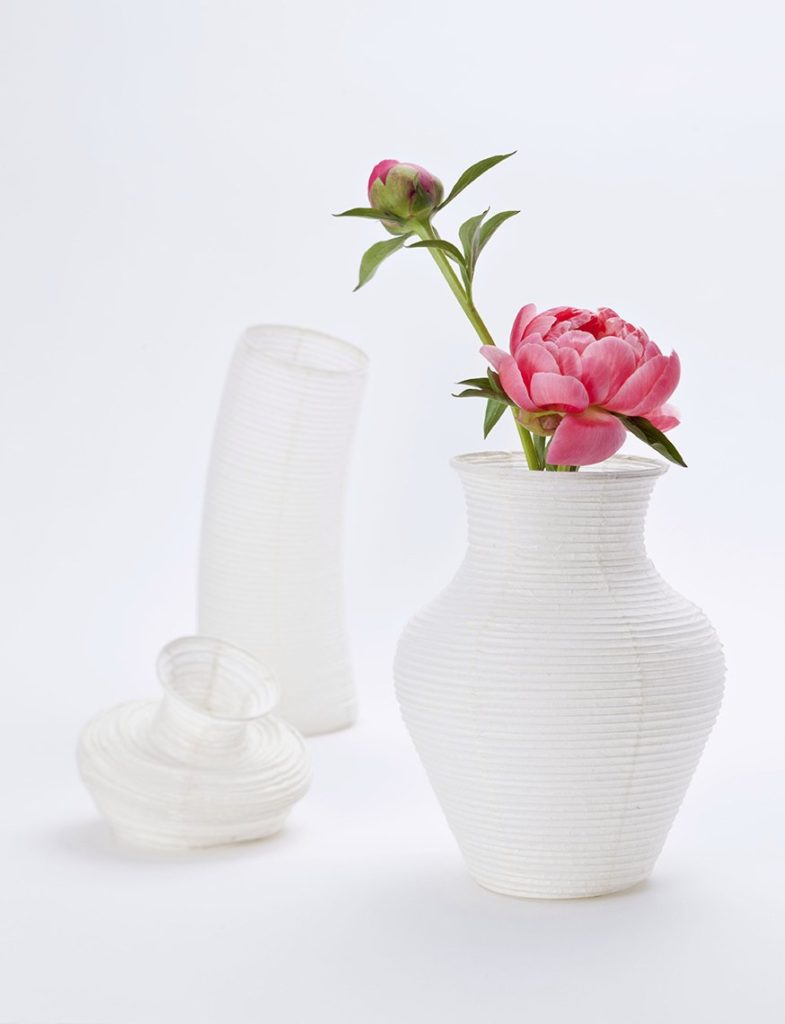
Washi paper is also used for tea caddies. Hand-made, they are used to store
used to store tea in Japanese ceremonies. They can also be used to decorate your kitchen, so you can store your tea bags in an original, elegant container.
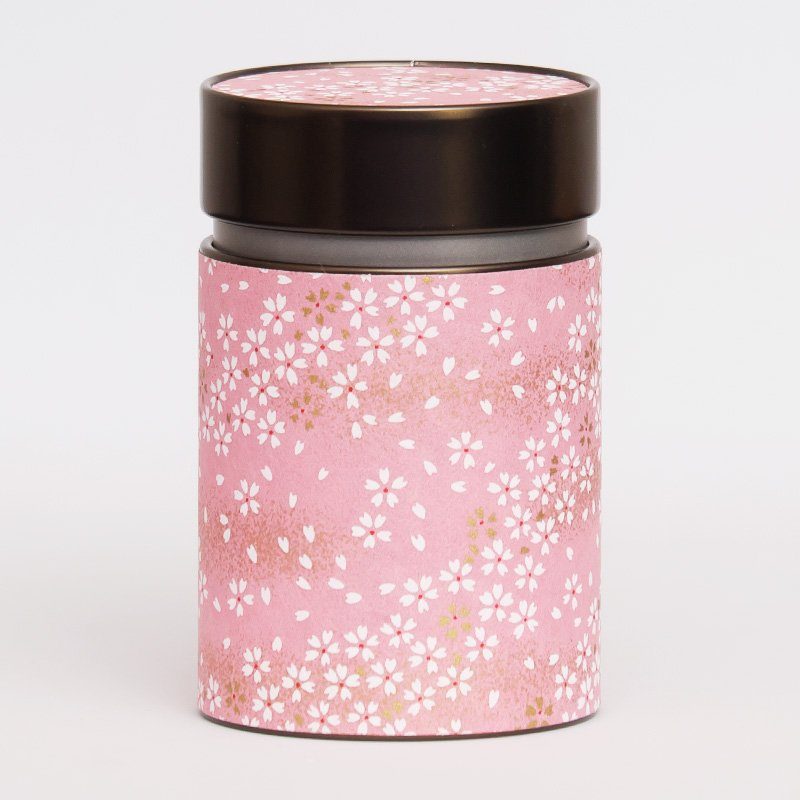
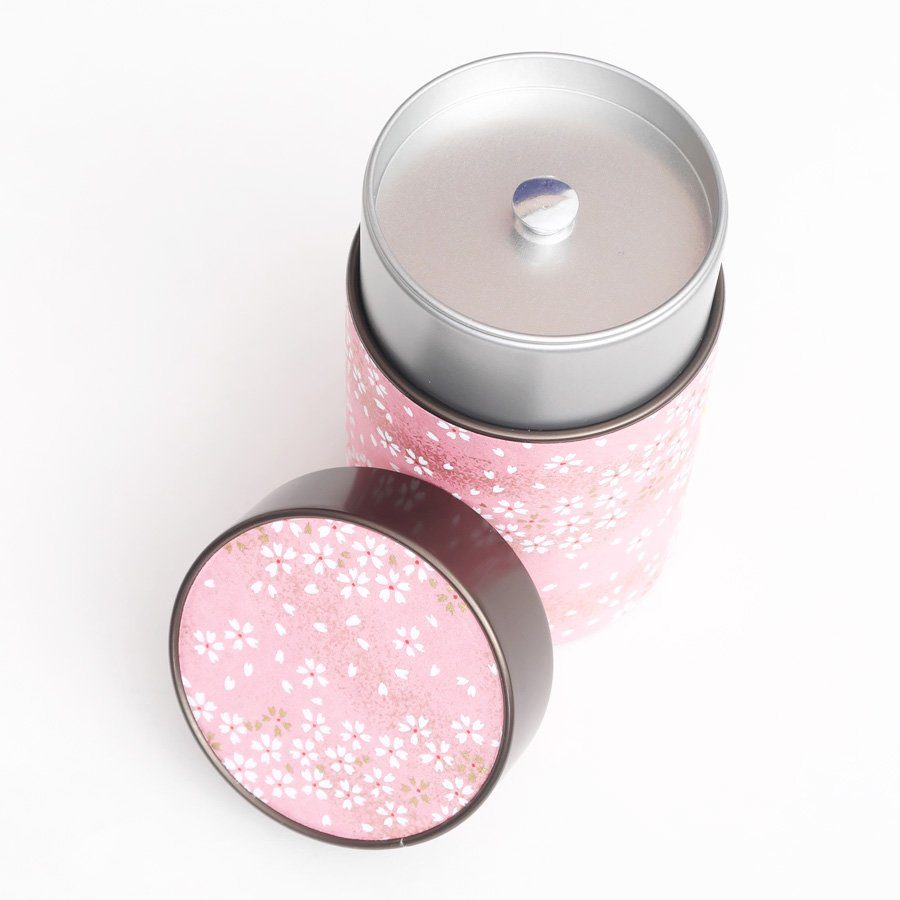
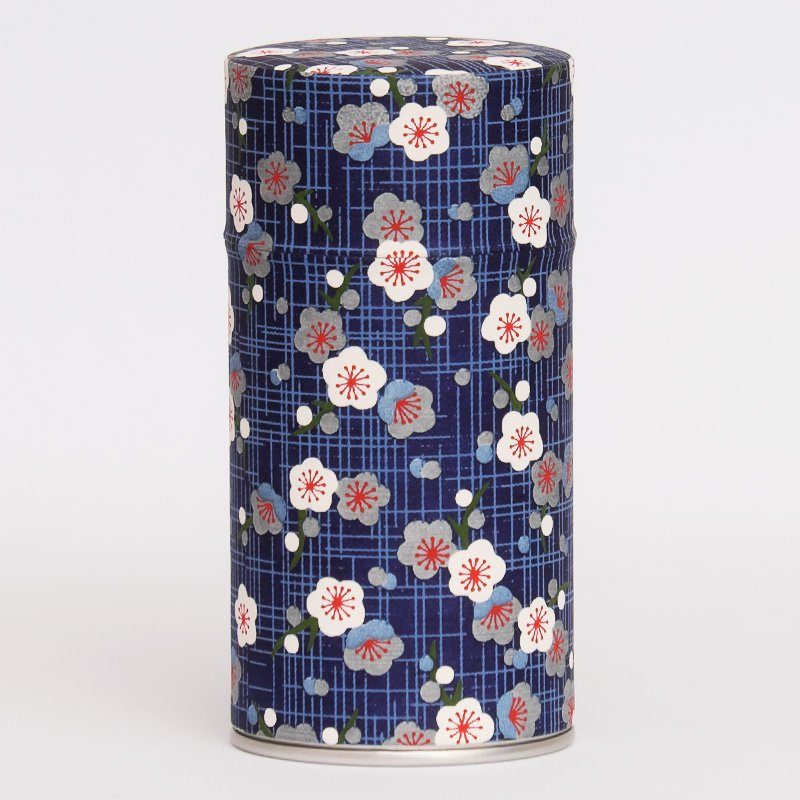
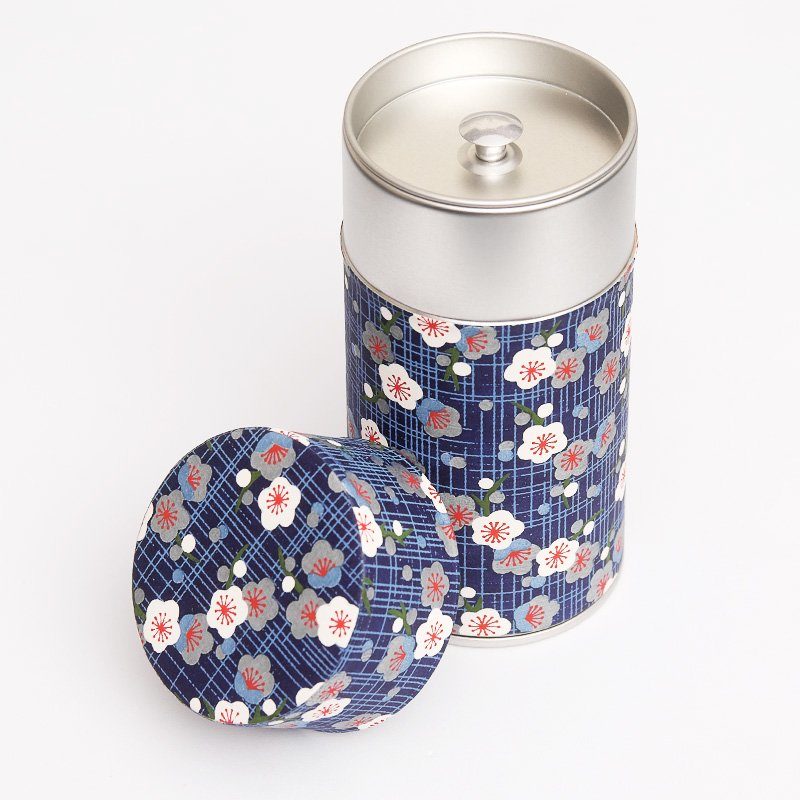
Each washi paper object is unique, thanks to the paper's natural texture. These products
are affordable and environmentally friendly thanks to their recyclable materials.
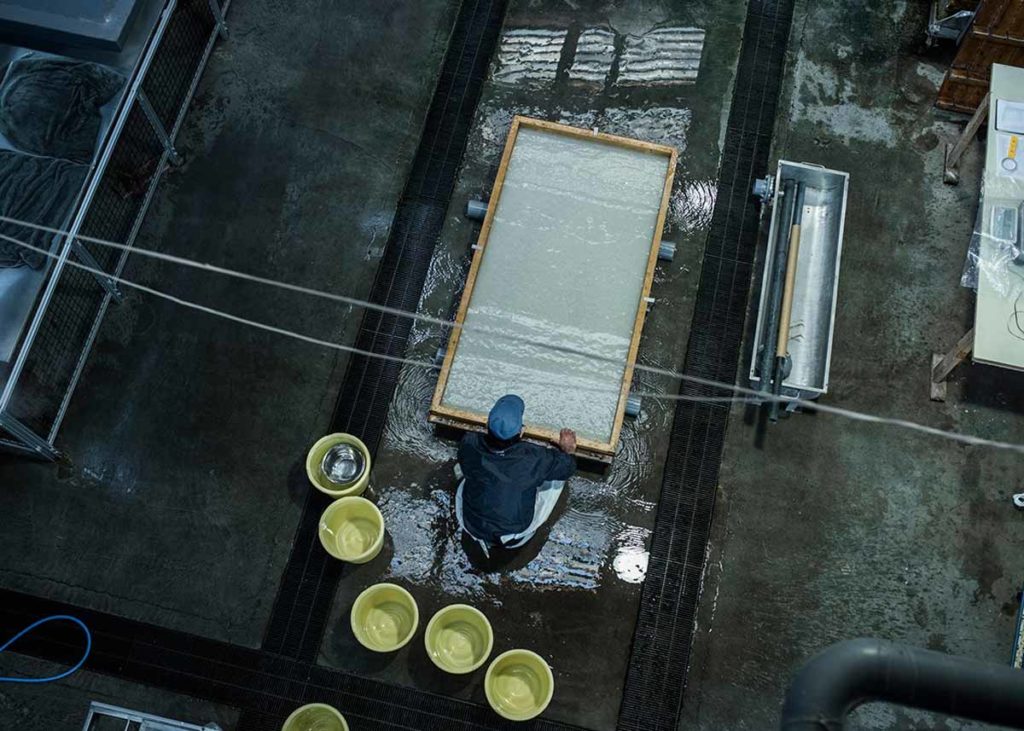
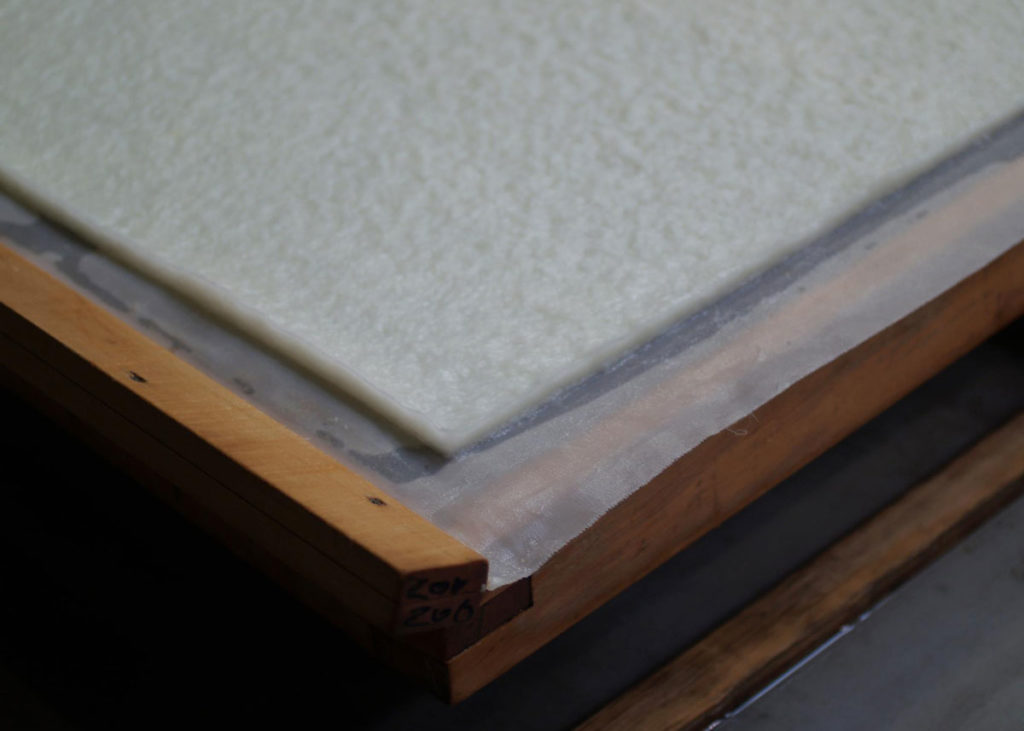
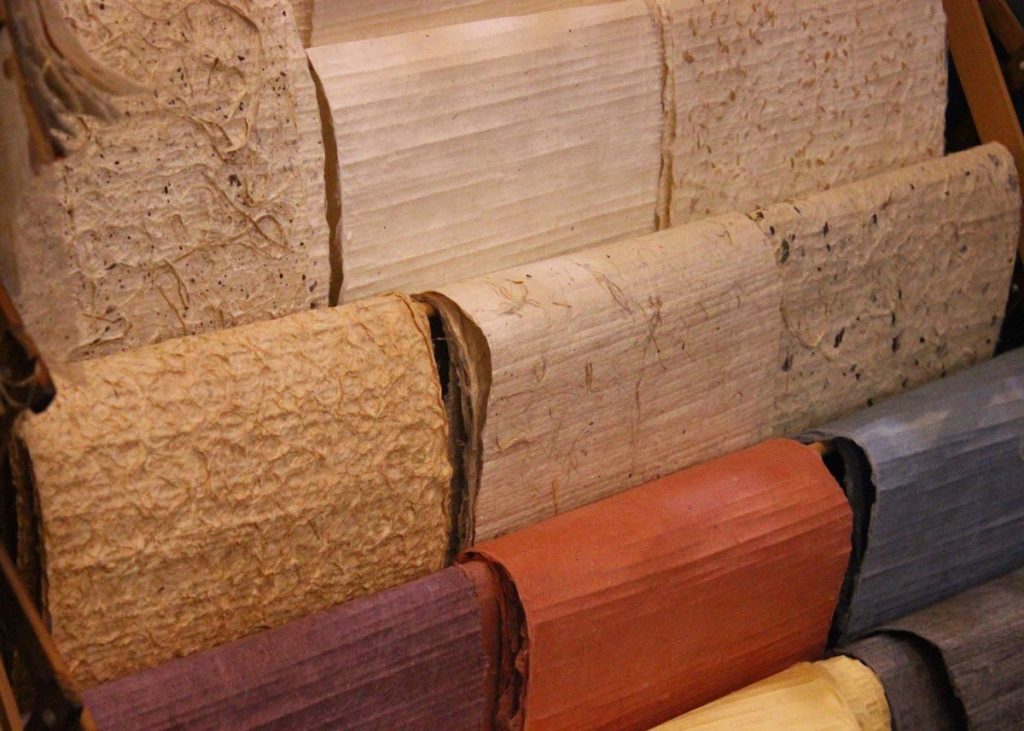
But how do you make your own paper?
The Otonashi paper workshop, located in Hongu, Japan, invites you to make your own paper.
paper and discover all the steps you need to follow to design your own paper, and why not
perhaps unlock a new passion?
